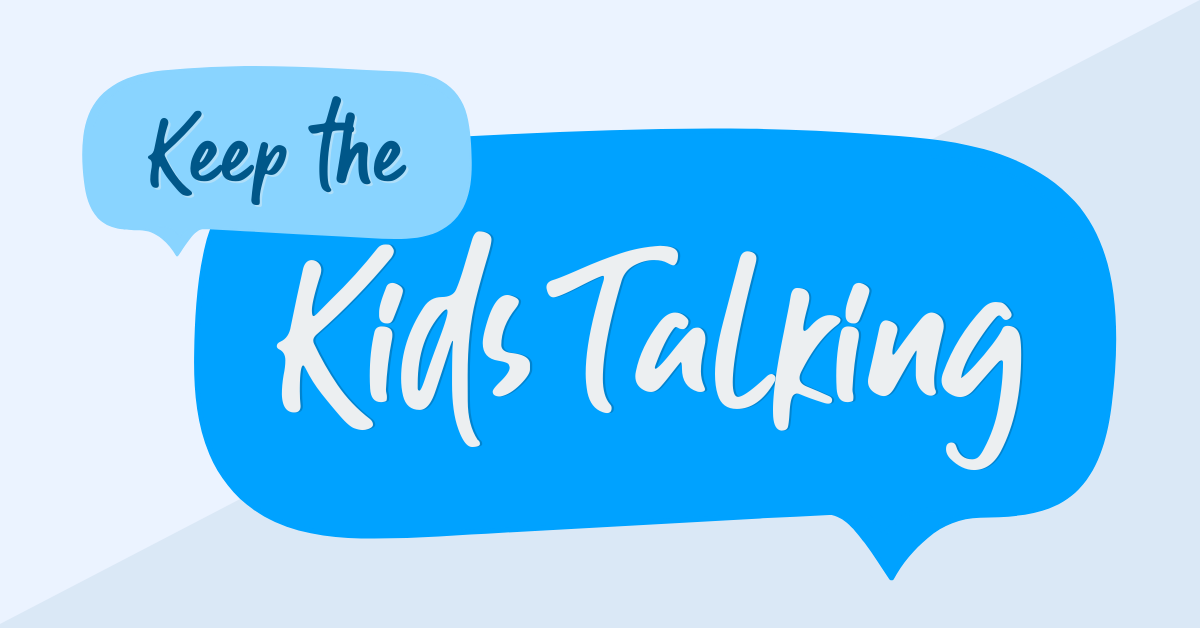|
Find inspiration for classroom discussions that encourage students to make their voices heard.
“So, what are your thoughts? Talk with each other.”
I remember asking this question many times, always expecting it to be greeted immediately and enthusiastically by the voices of many students, clamoring to share all at once. In some classrooms, that was the case. In most others, a deafening silence would stretch for several minutes. Eventually, I’d ask a new question or encourage them to write down their answers and turn them in so that I could read them. Most students had an abundance of thoughts, I discovered, when they handed in their written responses. I desperately wanted to create a culture of discussion in my classroom, one in which students could not stop talking to one another about our texts and topics of study. But, this open-ended question asking them to share their thoughts never seemed to stimulate the kind of discussions that I was searching for. The question for me became, how can I begin to create a culture of discussion in my classroom?
Questioning
To explore that larger question, I began with a smaller one: what kind of questions were the most exciting for me to answer as a learner? We all may have different answers to that question, and I encourage you to take a few moments to think or to write about what your unique answer might be. In my own process of reflection, I discovered that I am enthusiastic to answer questions that are open-ended: those that invite many different perspectives and clearly do not have one “correct” answer. I also love questions that get me thinking about something that hasn’t occurred to me before: thought-provoking questions that feel relevant to me in some way, connecting to my interests, my recent thought patterns, or some facet of my identity. And, most especially, I love answering questions when I can be assured that someone else around me will answer, too. There is something vulnerable about sharing thoughts and ideas in a classroom space, especially when there is no guarantee that others will do the same. Out of my own reflections came clear pathways forward — new things to try.
Paired discussion
The first protocol that I embraced consistently became the turn and talk. Rather than invite students to share in front of the whole class, I’d invite students to turn and talk to one person next to them, taking turns to share their responses. I can appreciate how many teachers mock the turn-and-talk discussion protocol as a favorite of administrators who believe that this discussion technique will solve all educational dilemmas. As teachers, it can be easy to become cynical quickly about those strategies most commonly suggested. With that said, the turn-and-talk protocol transformed academic talk in my classroom. By the third or fourth time that I implemented the strategy, I was stunned by all the ideas my students were willing to share with each other that they wouldn’t share with the whole class. But, it also made sense once I implemented the protocol, as so many things in retrospect often do. It’s much easier to share with a peer than with one’s teacher. It’s much easier to share with a peer when you know that they will share in return with you. Eventually, I knew that I wanted the turn-and-talk to grow into small group discussions. So, how?
Small group discussion
“Save the Last Word for Me” was introduced to me by a colleague who was devoted to building a culture of discussion in her classroom. Her explanation was simple, and I do my best to recreate it here:
I never implemented the protocol to fidelity, but it inspired lots of small group discussions in my classrooms. What if I tried it with images? With documents? With word problems? What if the groups were slightly larger or smaller? To me, one beautiful thing about teaching is that every protocol is an invitation to create and to re-create things until they feel like our own. I invite you to do the same — what small group discussion strategies might this one protocol inspire?
Whole class discussion
I never gave up on my dream of whole class discussions. As many English teachers can appreciate, the Socratic seminar is often celebrated as the pinnacle of literary discussions. After many months of paired and small group discussions, I was terrified that our first Socratic seminar of the year would be a return to the silence. Students are always full of surprises. “But did you look here at what she says on page 23? It makes me think that….” “I’m not sure I agree, but that’s an interesting point. Have you thought about….” “That’s a good point. Maybe we should think about….” The voices, the laughter, the thoughts swirling around — it was everything that I had hoped for my students in a whole class discussion. I described this moment of success with a fellow teacher, expressing my surprise and amazement about how successful our first Socratic seminar was. He laughed, “I’m not surprised. Your kids are always talking.”
An invitation
Creating a culture of discussion was not a linear experience for me as a teacher. I learned from the wisdom of fellow teachers and, no matter what protocols I used, there were days in which silence felt inevitable. But, I did get my students talking. If you’re interested in thinking more about how to create a culture of discussion in your own classroom, I invite you to join me online at Keep the Kids Talking, where you can reflect on your own experiences, and also acquire new, implementable discussion strategies. I hope to see you there. |
|
The Center for Professional Education of Teachers (CPET) at Teachers College, Columbia University is committed to making excellent and equitable education accessible worldwide. CPET unites theory and practice to promote transformational change. We design innovative projects, cultivate sustainable partnerships, and conduct research through direct and online services to youth and educators. Grounded in adult learning theories, our six core principles structure our customized approach and expand the capacities of educators around the world.
|
ABOUT US
525 West 120th Street, Box 182 New York, NY 10027 416 Zankel Ph: (212) 678-3161 [email protected] Our Team Career Opportunities |
RESOURCES
Professional Articles Ready-to-Use Resources Teaching Today Podcast Upcoming PD Opportunities |
COACHING SERVICES
Custom Coaching Global Learning Alliance Literacy Unbound New Teacher Network Student Press Initiative |


























